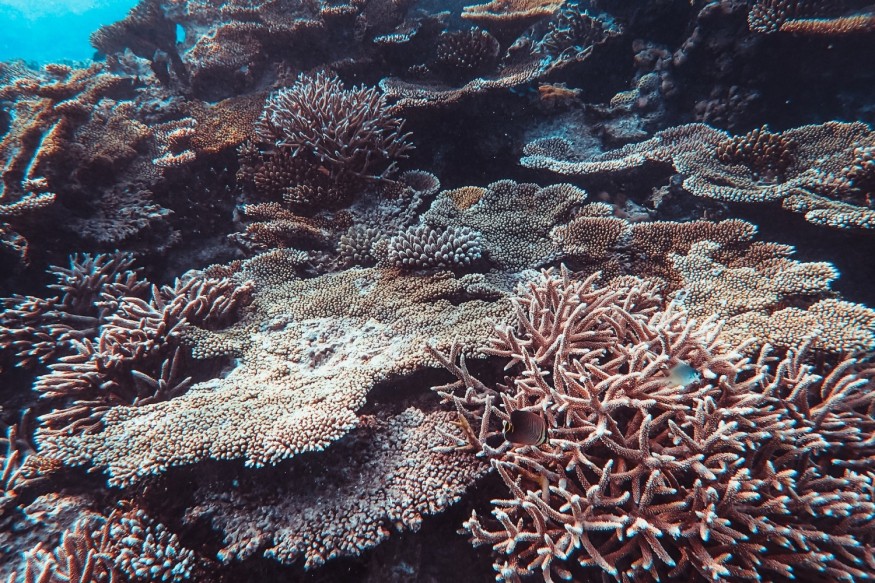Mass coral bleaching has been forecasted to occur worldwide in the next few years amid record-breaking marine heat waves or ocean heat, according to a study led by researchers in Australia.
This looming environmental and ecological threat comes after scientists detected unprecedented changes in the conditions, ecosystems, and communities in the upper ocean. This event can be traced back to the early 1980s, a time when mass coral bleaching first appeared, the scientific paper says.
Coral bleaching is a phenomenon that can turn corals to white due to several stressors, including alterations in temperature, light, or nutrients. For instance, warm sea temperatures can cause the coral bleaching event, which is aggravated by anthropogenic climate change and global warming. Scientists attribute that increased greenhouse gases and fossil fuel burning are great contributors to the coral-killing phenomenon.
Global Mass Coral Bleaching

Corals are invertebrate animals belonging to a group and phylum called Cnidaria within the class Anthozoa. These colonial marine invertebrates typically form compact colonies consisting of multiple individual polyps. One coral species includes the reef builders that make up coral reefs, which are important natural habitats for different fish and other marine animals that inhabit the tropical oceans.
In the study published in the journal Science on December 7, researchers confirmed that climate change and its dire impacts on coral reefs have reached unchartered territory ahead of the impending global mass coral bleaching event. The research shows that there is probability that current marine heat waves will trigger to the global mortality event over the course of the next 12 to 24 months.
During this period, the climate pattern phenomenon of El Niño and its phase of El Niño-Southern Oscillation (ENSO) continues. One of the pieces of evidence of this warming event was recorded in July 2023, where Earth experienced its warmest days ever recorded since the year 1910, the study says.
What is Coral Bleaching?
Coral bleaching occurs when corals expel the symbiotic algae living in their tissues, causing them to turn "completely white," according to the National Oceanic and Atmospheric Administration (NOAA)'s National Ocean Service. As mentioned earlier, corals become stressed due to changes in certain conditions like temperature, light, or nutrients.
The NOAA explains that during warmer water temperatures, corals expel the algae called "zooxanthellae" causing the coral host to change their color to white. However, a coral is not dead yet when it bleaches. However, it is more vulnerable to stress and is subject to mortality, the US government agency says.
In 2022, a report by government scientists from the marine park authority and the Australian Institute of Marine Science found that 91% of coral reefs surveyed along the Great Barrier Reef were affected by coral bleaching. The findings came after scientists surveyed 719 shallow water reefs between the Torres Strait and the Capricorn Bunker Group. Using mostly helicopters, the survey showed that 654 reefs suffered from coral bleaching.
© 2025 NatureWorldNews.com All rights reserved. Do not reproduce without permission.





